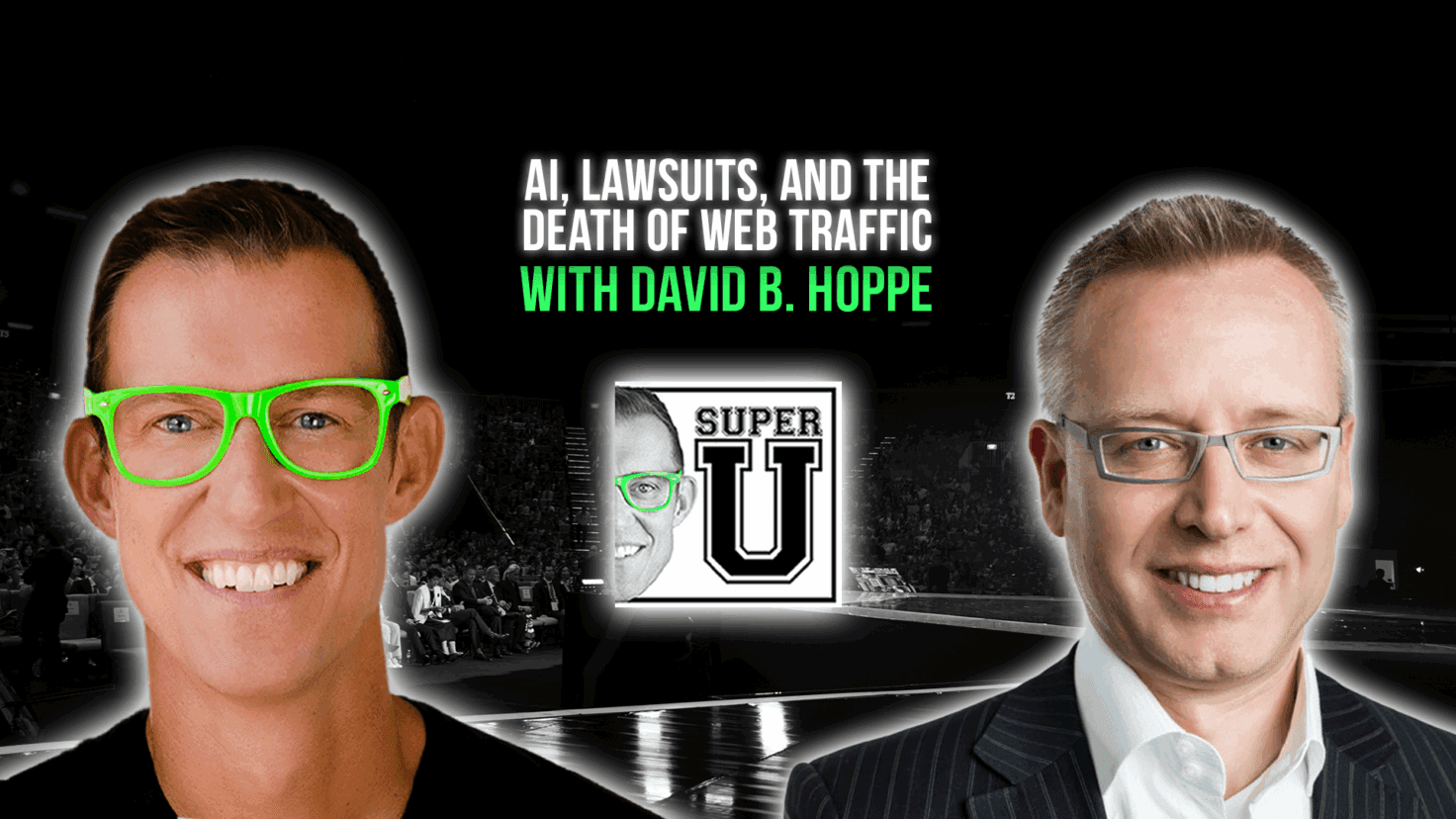Super U Podcast | The Rule of 72 (Double Your $ Return)
On today’s Super U Podcast, Equalman breaks down the Rule of 72. The Rule of 72 reveals the incredible potential of compound interest, empowering investors and financial planners to make swift, insightful calculations that pave the way for a prosperous financial future.
Is there a topic you want Equalman to cover on the podcast? Do you have any questions you wish you could ask an expert? Send an email to our team and you could be featured on an upcoming episode: [email protected]
Need a sneak peek? Below are the main takeaways from the episode.
Episode Preview:
The number one song topping the charts in 1972 was “American Pie” by Don McLean. But we’re not talking about that song much on today’s podcast. We’ll touch on it a little bit. We’re talking about is investment. We’re talking about the rule of 72, so if you’re investing at all, you need to know the rule of 72. If you listen to “American Pie”, it’s a long song, and it refers to “the day the music died.” What that’s referring to is the 1959 plane crash that killed singers Buddy Holly, Richie Valens, and the Big Bopper. And so why is it called “American Pie”? That was the name of the plane that crashed, and it was that tragic moment in rock history when those three luminaries died.
Now the luckiest person that day was Waylon Jennings, another famous country music artist who, at the time, he went on to become a huge solo artist and have a huge solo career, but at the time, he was part of Buddy Holly’s band. He actually gave up his seat on the plane to the Big Bopper. So Waylon Jennings took the bus, and the Big Bopper took the plane because he was feeling sick and wanted to avoid the long and cold bus ride. So the song “American Pie” was topping the charts in 1972, but today we want to talk about the rule of 72.
The reason we’re talking about it here on today’s podcast is because the rule of 72 came up in one of our other podcasts with the CEO of Amazon, Andrew Jassy. So go check out and listen to that podcast with Andrew Jassy, the CEO of Amazon. But it came up because we’re looking at the stock price. So Andrew Jassy took over from Jeff Bezos, the founder of Amazon. He took over on July 5, 2021. At the time, Amazon’s stock was closed at $183. Now today, as of this recording, Amazon’s stock is now $237. So you’re thinking, “Oh, that’s roughly 29% increase over that time. That’s a great, great return.” Almost 30%. But you’ve also got to look at where could I have invested that money. So if I were to have just taken that money instead of investing in Amazon, if I invested that in, say, an ETF tracking stock of the NASDAQ, let’s say I invested in Invesco QQQ. That actually increased by 43% over that same period. So Amazon increased roughly 29%, QQQ increased roughly 43%, so you’ve been better off investing your money in QQQ.
If you had just invested in the NASDAQ, all those stocks, which included Amazon, you’d have been buying Google [and] all these other different stocks within the NASDAQ, then you would have had a much better return. Now if you look at that 43% over less than four years, you can start to see, “Wait, my money is almost going to double in eight years.” If you put it in the S&P 500, specifically, it’s going to double on average every seven to 10 years. Now that average happens to be eight. Basically, every eight years, your money is going to double if you put it in the stock market.
Now the rule of 72, the way it works, is basically you’ve got:
Years to double = 72 / annual interest rate
Now, as you can see, this rule is commonly used in finance to quickly gauge the impact of compound interest or investment growth. It’s crazy to think about, but if you were to invest in the market today, on average, historically, the S&P 500 has doubled approximately every seven to 10 years, depending on the market cycle and obviously economic conditions. But this aligns with the rule of 72. So assuming an average long-term annual return of 7-10% including dividends. Obviously, if you’re getting paid dividends, that’s part of your return on your investment. But using the rule of 72, if your annual growth was 10%, that’s really good. If you got 10%, then it’s only going to take 7.2 years to double. At 8% annual growth, that’s going to take nine years. Now, again, on average, it takes eight years. So that means that the market returns roughly about 8.8%, almost 9% per year. Now, at a 7% annual growth, it’s going to double in 10.3 years.
So in short, what can you tell your kids? Well, the rule is 72. Historically, if you invest in the S&P 500, or you invest in the NASDAQ, you’re going to double your money in eight years. And it’s wonderful to watch. So you can mark it down, all your listeners right now. Just mark down what your portfolio is right now, and just put it in your calendar, go eight years out, and just do that calculation, double what you have right now. And when that eight years comes up, see if it did double, or if you have the record keeping. Most of us, some do, some don’t, but if you have the record-keeping, you can actually look back eight years and see what your portfolio looked like. And you’ll probably see that it doubled as well if you were tracking those stocks. This is talking about just investing in the market, not in individual stocks. If you invest in the market, it’s a pretty safe place to bet. I love the rule of 72, and I hope you do as well.

To ensure you don’t miss future episodes, subscribe to our podcast by clicking here >> Super U Podcast. We hope these tips help unlock and unleash your inner superpower!
The Super U Podcast is hosted by #1 bestselling author and Motivational Speaker Erik Qualman.





